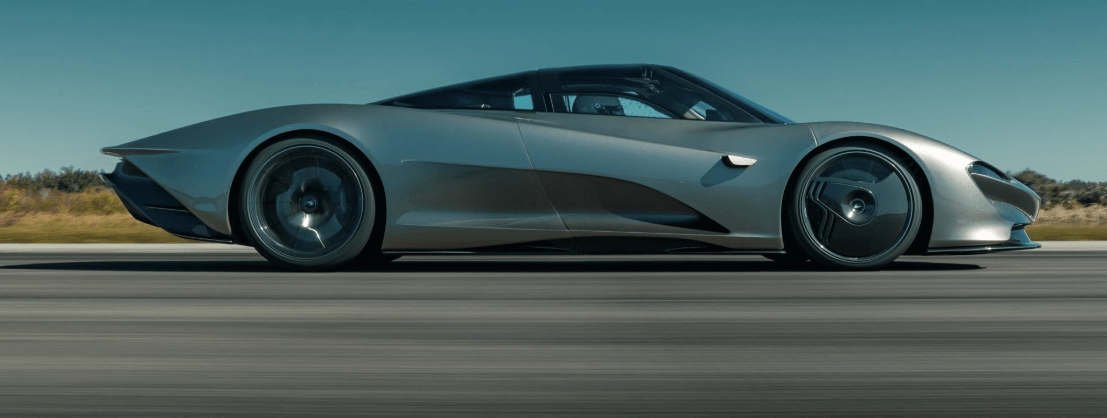How does aerodynamics affect a car?
How does aerodynamics affect a car?
Aerodynamics is the study of flow of air and its interaction with the body. Here the article is about how does aerodynamics work on cars and how does aerodynamics affect the speed of a car. This article is also about how to make a car more aerodynamic. Need of study aerodynamics is required to improve the performance of any vehicle. Car aerodynamics simulation in the wind tunnel as well as in simulation software are carried out to know the aerodynamic results. There are both advantages and disadvantages of aerodynamics in cars. There are two forces which are created by the flow of air on the vehicle. One is the drag force and the other is the lift force.
Car aerodynamics engineers carry out the car aerodynamics test and car aerodynamics diagram to increase the car aerodynamics fuel efficiency and modify the car aerodynamics parts. Here the car aerodynamics is explained. The lift force can uplift the vehicle from the road when moving at a very high speed. The drag force provides resistance to the vehicle. Both forces need to be seen as they create detrimental effects on the car or any vehicle’s performance. So aerodynamics plays a very crucial role in vehicle design. The main use of aerodynamics is to optimize car performance by minimizing its fuel use, maximizing its stability, decreasing the sound inside the car – air whistling sound may be created otherwise, to remove the stucking of dirt from the road into the car.
In order to obtain a high aerodynamic efficiency in a car the body of the car should be of streamlined shape, a low frontal area and minimum opening in the body, these are also the features of race car aerodynamics. The car’s exterior body should be slippery so that there is very less drag. Spoilers and side skirts are there in order to manipulate air flow and improve downforce. Aerodynamics features are generally based on speed, however acceleration, yaw rate, steering wheel angle and brakes can also come into play. Tire vents in the car body allow the air to cool the tire and brakes, vanes and fins direct airflow which create a downward force and improve the stability of the car.
Rear spoilers retract at a certain speed to give stability and reduce drag. Rear flaps in the car are used to increase air extraction capacity under the car while the front vertical flaps are used to generate downforce in order to balance each other. Flaps also direct air inside the car for engine cooling.





